What is Spotting Scope? 🔭
⚫️ A spotting scope is a type of portable telescope designed for terrestrial observation, typically used for activities such as birdwatching, nature observation, hunting, target shooting, and other outdoor applications. It is essentially a small, high-magnification telescope that provides a magnified view of distant objects.
Features 🔋
| ✔️ Magnification: These scopes typically offer a wide range of magnification options, allowing you to zoom in on distant objects. The magnification power is usually represented by two numbers, such as 20-60x, indicating the scope’s ability to magnify the image. |
| ✔️ Objective Lens Diameter: The objective lens is the front lens of the spotting scope. It determines how much light the scope can gather and, consequently, how bright and clear the image will be. A larger objective lens diameter generally results in brighter images, especially in low-light conditions. |
| ✔️ Angled or Straight Design: |They come in two main designs—angled and straight. Angled scopes have the eyepiece set at a 45-degree angle to the scope body, while straight scopes have a straight line from the eyepiece to the objective lens. The choice between the two depends on personal preference and the intended use of the scope. |
| ✔️ Lens Coatings: They often have special coatings on the lenses to improve image quality. These coatings reduce glare, enhance contrast, and improve light transmission, resulting in sharper and clearer images. |
| ✔️ Waterproof and Fogproof: Many options are built to be waterproof and fog proof, making them suitable for various weather conditions. This feature ensures that the internal optics remain protected from moisture and fog, allowing you to use the scope even in rainy or humid environments. |
| ✔️ Tripod Mountable: They are generally used with tripods for stability and to minimize image shake. Look for scopes that have a tripod mount or come with a tripod adapter, allowing you to securely attach the scope to a tripod for steady viewing. |
Benefits 💣
| 🔰 Long-Distance Observation: Spotting scopes offer high magnification capabilities, allowing you to observe distant objects in detail. They are particularly useful for birdwatching, wildlife observation, or observing celestial bodies, where a regular pair of binoculars may not provide sufficient magnification. |
| 🔰 Superior Image Quality: With their larger objective lenses and specialized coatings, the scopes provide superior image quality compared to binoculars. They offer bright, clear, and high-resolution images, enabling you to see fine details and colors with precision. |
| 🔰 Versatility: They are versatile tools suitable for various outdoor activities. Whether you’re a nature enthusiast, a hunter, a stargazer, or a sports spectator, a spotting scope can enhance your experience by bringing distant objects closer and revealing details that may not be visible to the naked eye. |
| 🔰 Weather Resistance: The waterproof and fog proof features make them reliable companions in challenging weather conditions. You can confidently use them in rainy, humid, or foggy environments without worrying about internal damage or image quality degradation. |
| 🔰 Stable Viewing: It can be mounted on tripods, providing a stable platform for prolonged viewing. This eliminates handshake and allows you to enjoy a steady image, especially at high magnifications. It is particularly beneficial for observing moving targets or when using the scope for extended periods. |
| 🔰 Photography and Digiscoping: They can be used for digiscoping, which involves attaching a camera or a smartphone to the scope to capture images or videos. This feature enables you to document your observations or share them with others, expanding the scope’s functionality beyond visual observation. |
How to use a Spotting Scope? 💡
Using a spotting scope is relatively straightforward. 🔔 Thanks to our knowledge and experience, we are able to share a step-by-step guide on how to use it effectively:
| 1️⃣ Set up the Spotting Scope: Place it on a stable surface or tripod. Ensure that it is securely attached to prevent any accidental movements. | 6️⃣ Stabilize the Spotting Scope: To minimize shaking and ensure a steady view, use a tripod or stabilize the scope by resting it on a solid surface. This will help prevent image blurring caused by hand movements. |
| 2️⃣ Adjust the Eyepiece: Locate the eyepiece of the scope and adjust it according to your vision. Most spotting scopes have a focus ring or a diopter adjustment that allows you to focus the image to match your eyesight. | 7️⃣ Observe and Track: Once it is set up and focused, observe your subject in detail. Take note of any specific features, behaviors, or characteristics you want to study or record. |
| 3️⃣ Attach any Accessories: Depending on your specific model, you may have additional accessories such as a camera adapter or a digiscoping adapter. If needed, attach these accessories according to the manufacturer’s instructions. | 8️⃣ Make Adjustments: If needed, make adjustments to the zoom level or focus as you continue to observe. They often have various controls to fine-tune the image and adapt to changing conditions. |
| 4️⃣ Locate Your Subject: Look through the scope and use the wide field of view to locate your subject. Start by scanning the area with your naked eye and then use the scope to zoom in and get a closer look. | 9️⃣ Use a Spotting Scope for Photography (Optional): If you have a camera adapter or digiscoping setup, you can attach your camera to it to capture images or record videos of your subject. Follow the instructions provided by the manufacturer for attaching and aligning your camera with the scope. |
| 5️⃣ Zoom In and Focus: If your scope has a zoom feature, adjust the zoom to the desired magnification level. Use the focus wheel or knob to sharpen the image and make fine adjustments to the focus until your subject appears clear and crisp. | 🔟 Pack Up: When you are finished using it, detach any accessories and carefully pack them away. Store the scope in a protective case or bag to keep it safe from dust, moisture, and potential damage. |
⚠️ Remember to consult the specific instructions provided by the manufacturer of your product, as different models may have slightly different features and operation methods.
🎥 Watch the video to learn more:
TOP-20 Spotting Scope for The Money
1# Vortex Razor HD 27-60×85 Spotting Scope
Vortex Razor Porro Prism Spotting Scopes have ED Glass XR fully multi-coated. Ultra-sleek green spotting scopes, with variable 27 – 60 x magnification, are available in 2 body type models: angled and straight. Premium precision-ground HD glass lenses, 85 mm objective diameter, provide color accuracy, razor-sharp, true-to-life viewing. Vortex Razor Spotting Scopes are designed with adjustable twist-up eyecups, helical focus (close one -16.4 ft), built-in sunshade, rotating tripod ring, including such accessories as: lens covers, eyepiece cap, and a view-through case for carrying. Vortex Razor Spotting Scopes are appropriate for target and long-range shooting and nature watching and can be a bit heavy for forest hiking or carrying while hunting.
2# Vortex Razor HD 11-33×50 Spotting Scope
Vortex Razor Porro Prism spotting scope is compact with a 50 mm objective lens, 11 – 33 x variable magnification, and a linear view field of 96 – 191 feet at 1000 yds. The Vortex has taken care of dust, moisture, or debris not getting inside the spotting scope, and sealed it with O-rings. No matter whether you wear glasses or not, you’ll be able to conveniently adjust eyecups, folding them up or down. The triplet apochromatic lens ensures high-definition images over the entire viewing field without color fringing, resolution worsening, or color fidelity dilution at longer spotting distances.
3# Celestron 90 mm Maksutov with Tripod
C90 Mak black Spotting Scope, equipped with a 90mm objective lens (with 1250mm focal length), erect image finder scope (8×21), and video and photographic tripod, gives stable top-grade optics view for terrestrial or celestial targets, and even dim subjects. This spotting scope is suitable for 100-300yd targets viewing and the moon, or even Saturn’s ring observing. Celestron tripod comes with panhandle control, quick release bracket, and horizontal & vertical bubble level. The Celestron package 52268-OP includes a nylon backpack.
4# Redfield Rampage 20-60x60mm Spotting Scope Kit
The Redfield Rampage 20-60x60mm Spotting Scope (67600) is filled with nitrogen to make them proof against shock, water, and fog. This BAK4 prism spotting scope is designed with a matte black finishing polycarbonate body, equipped with fully multi-coated lenses (has retractable lens shade), twist-up eyecup, and compact tripod adaptable mount. The Redfield Rampage Spotting Scope has 20x fixed magnification, a 60 mm objective lens diameter, linear field of view is 51 – 114 feet at 1000 yards.
5# Vortex Viper HD 15-45x 65mm Spotting Scope
Vortex Viper HD Spotting Scope has 65mm multi-coated HD premium glass lenses and 15 – 45x magnification, providing clarity and accuracy of viewing images. The compact Vortex Viper HD Spotting Scope can be used for long-distance spotting of the large game: helical-style focusing helps quickly catch the target and always capture all details. This dielectric coating Porro Prism Spotting Scope is represented in green color, equipped with adjustable twist-up eyecups, a built-in sunshade, and an adaptable tripod.
6# Celestron Ultima 80 Angled Spotting Scope
The Celestron Ultima series include Spotting Scope with an 80mm objective diameter, an aperture of 65mm, and 20-60x magnification, ensuring brighter images. The green coating color of durable metal refractor optical tubes helps subtly observe the natural environment.
7# Celestron Ultima 80 Spotting Scope
The Celestron guarantees that portable multi-coated lenses Spotting Scope has a reliable light-gathering ability. 20-60x zoom 45-degree angled eyepiece makes viewing of birds, other targets, and even the moon, comfy. Rubber armored coating provides refactored-design optics with durability. Celestron photographic & video tripod (27 inches folded height) comes with a fast release plate on the 3-way pan head, 2-position bubble level, 90-degree vertical platform, and a column with geared elevator and adjustable tension.
8# Redfield Rampage 20-60x80mm Full-Size Spotting Scope Kit
The Redfield Rampage BAK-4 Prism 80mm full-size angled Spotting Scope with a magnification range from 20x to 60x and a well-balanced field-of-view comes with a tripod, a soft storage view-thru case with a strap, lens covers for objective & eyepiece. The standard 1/4-20 thread tripod adapter port can be installed on any standard window or tripod mount to get more stable long-range spotting.
9# Bushnell Legend T-Series 15-45x60mm Spotting Scope
A Mil-Hash reticle is joined to a Mil-Base riflescope reticle to speed up the zeroing process in the Bushnell Legend Tactical Spotting Scope. PC3 Phase lens coatings improve resolution and contrast, optics that are fully multi-coated for anti-reflection. This Bushnell Spotting Scope comes with the necessary mounts to fix extra riflescopes, lights, or other accessories. The Spotting Scope body has a matte finish in Flat Dark Earth color, equipped with a 60 mm objective lens diameter, giving 15 – 45 x magnification.
10# Barska 20-60x60mm Blackhawk Waterproof Spotting Scope
Barska offers 3 models of 20-60x60mm Black-Hawk Waterproof Spotting Scopes: the first two come with a green finishing body and a hard case, they differ by the scope body type and linear view field (one is angled with 45 – 91 ft at 1000 yds, another is straight with 15 – 45 ft at 1000 yds); the third model has Mossy Oak, Break-Up Camo finishing casing with soft and hard cases, it’s straight with linear view field of 15 – 45 ft at 1000 yds. These multi-coated optics Spotting Scopes have a 60 mm objective lens, 20 – 60 x variable zoom magnification, providing bright and crisp clear images in low-light conditions and fixation on the subject in detail.
11# Pentax PF-80ED-A Spotting Scopes
Angled Spotting Scope black housing is equipped with a brand-renowned original Pentax 70509 20X-60X SMC Zoom Eyepiece with an 80 mm objective lens. The magnesium-alloy body is sturdy and shock-resistant for internal parts, and not heavy.
12# Meopta Meopro 80 HD 20-60×80 Spotting Scope
A large fluoride objective lens of Meopta Meopro 80 HD Spotting Scope gives high-resolution, vivid colors, excluding any chromatic aberrations or color fringing. The integrated 20x – 60x eyepiece ensures distant objects’ sharp clarity and edge-to-edge sharpness. This spotting scope is compatible with the Meopta MeoPix iScoping Adapter for iPhone (57mm), letting you take quality long-distance photos.
13# Barska Gladiator 20-60×90 Waterproof Spotting Scope
Barska Gladiator Straight Spotting Scope has multi-coated optics with 20-60x Zoom and 90mm objective, improving light transmission and giving higher-ranking clarity and brightness. This Zoom Spotting Scope is appropriate for big game hunting and spotting at a long distance. O-ring sealed makes the spotting scope waterproof and dry nitrogen-purged prevents moisture damage, fogging, and clouding. The Barska Gladiator Spotting Scope is equipped with a micro-adjustable tripod with a standard mount and carrying case.
14# Barska 8-24x58mm Bench Mark DFS Waterproof Spotting Scope
The Barska Bench Mark DFS Waterproof Spotting Scope AD10786 with fully coated optics, having 8-24x magnification, and a 58mm objective lens, will fit nature researchers, hunters, or shooters. Barska has implemented a cutting-edge Dynamic Focusing System that helps the center by turning the objective lens. This Porro Prism Spotting Scope comes with a compact pan-head tripod, including an ACCU grip manual mount and a protective carrying bag.
15# Vanguard Endeavor HD 65A 15-45x65mm Spotting Scope
The Vanguard Endeavor HD Angled-Body Spotting Scope is produced with a 65mm objective lens and 15-45x zoom magnification, fully multi-coated lenses (improves light transmission), made of ED glass shows the images without color fringing and gives realistic color rendition. The Vanguard Endeavor HD 65A Spotting Scope is equipped with other important parts such as an integral sunshade (excludes glare in direct sunlight), an extendable rubber-covered eyecup, the eye relief option even at the highest zoom settings, an aluminum tripod with a universal mounting plate on the tripod head, and a carrying padded raincoat with strap.
16# Celestron Ultima 100 Spotting Scope
Celestron Ultima 100 is a 100 mm Refractor Spotting Scope with multi-coated optics of 22-66x zoom magnification, 45-degree viewing angle, and function of initial subject location just by having a glance. Rubber armored angled-body in green color is waterproof, and is set with a soft carrying case. This scope in its price range is better than others: quite clear images at a short distance, but not sharp on high power.
17# Celestron LandScout 10-30x50mm Spotting Scope
Celestron LandScout Spotting Scope is a fully coated optics that transforms light transmission for bright and sharp viewing. Celestron LandScout is a portable Spotting Scope that can accompany you on any excursion, nature observing, or to the firing field. Rotating tripod mount allows for setting the eyepiece in the most appropriate viewing position. 10-30x Zoom Eyepiece provides general or detailed up-close viewing while this magnification range.
18# Nikon Prostaff 5 20-60x82mm Zoom Spotting Scope
Nikon declares that Prostaff 5 Spotting Scope is 20% lighter than the current models, and has minimal color aberration at the field view edges. An 82mm objective lens with a zoom eyepiece lens ensures long eye relief and a bright view field. The digiscoping mount is compatible with COOLPIX-series compact digital cameras with an FSB-series Digital Camera Bracket, although, due to two screw mounting holes on the main scope body, the scope can be fixed on the tripod even without this digiscoping system.
19# Celestron TrailSeeker 20-60x80mm Spotting Scope
Celestron TrailSeeker Spotting Scope with the 80 mm objective of 20-60x zoom magnification allows to focus quickly on a subject, then fine-tune the image with a dual focus mechanism. Celestron TrailSeeker Spotting Scope is compatible with Celestron NexYZ 3-Axis Universal Smartphone Adapter that takes photos and video through the eyepiece. Celestron TrailSeeker Fluid Pan sturdy aluminum Tripod has four-section legs and a tripod case with a shoulder strap.
20# Celestron C5 Spotter 5″ 127mm Spotting Scope Schmidt-Cassegrain
Celestron C5 Spotter 127mm Spotting Scope has a 5″ Schmidt-Cassegrain Optical Design with StarBright multi-coating and 25mm (50x) eyepiece of 45° erect image diagonal and 8×20 straight-image finderscope.
Spotting Scope vs Binoculars
🧐 A spotting scope and binoculars are both optical devices used for magnifying distant objects, but they have some fundamental differences in their design and purpose. 🔐Our experts explored and figured out the key differences:
- ➡️ Magnification and Power: Spotting scopes typically have higher magnification power than binoculars. They often have magnification ranges of 20x to 60x or higher, allowing you to zoom in on distant targets. Binoculars, on the other hand, usually have lower magnification ranges, such as 8x or 10x, which provide a wider field of view.
- ➡️ Objective Lens Size: The scopes have larger objective lenses compared to binoculars. The larger the objective lens, the more light it gathers, resulting in brighter and clearer images. The scopes commonly have objective lenses ranging from 60mm to 100mm, while binoculars typically have objective lenses between 20mm and 50mm.
- ➡️ Size and Portability: Binoculars are generally more compact and lightweight compared to spotting scopes. They are designed to be easily handheld and carried around. The scopes are larger, and bulkier, and often require a tripod or other support for stability due to their higher magnification.
- ➡️ Long-Range Observation: These scopes are specifically designed for long-range observation and target identification. They are commonly used by birdwatchers, hunters, and nature enthusiasts who require detailed views of distant subjects. Binoculars are more versatile and suitable for a wide range of activities, including birdwatching, sporting events, concerts, and general observations.
- ➡️ Image Quality: Due to their larger objective lenses and higher magnification, scopes generally offer superior image quality and clarity compared to binoculars. The scopes can provide fine details and better resolution over long distances. However, modern high-quality binoculars can still provide excellent image quality for most purposes.
- ➡️ Cost: Scopes tend to be more expensive than binoculars of similar quality. The larger lenses, higher magnification, and specialized design contribute to their higher price tag. Binoculars offer a more budget-friendly option while still delivering good optical performance.
📢 Ultimately, the choice depends on your specific needs and preferences. 📍 If you require long-range observation and detailed views, and don’t mind the larger size, a spotting scope may be more suitable. 📍 If you prefer a more portable and versatile option for a wide range of activities, binoculars are a great choice.
🎥 Watch the video to see the performance of both:
FAQ 🤔
Conclusion ⏰
In conclusion, the best spotting scope for the money depends on your budget and what you need it to do. In this guide, we’ve taken a look at some of the top models available in all price ranges so that no matter how much you have to spend, there is something out there that will meet your needs. We’ve also provided useful tips on how to choose the right option as well as information about its features and capabilities. With these insights in mind, you should be able to find an ideal spotter that meets both your criteria and budget without any difficulty! 😉
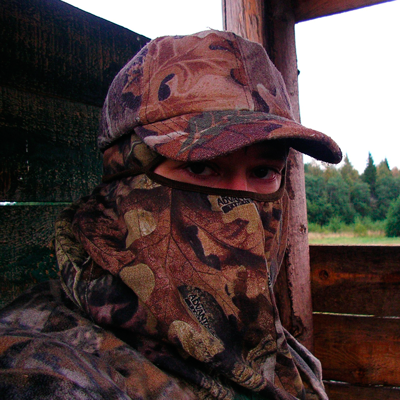
Tactical accessories are another passion of mine that I could write about endlessly - my house and garage are full of tactical gadgets, luckily my family shares my interests.
I'm infatuated with traveling that's why work at one place with a daily routine and standard schedule is not for me. I prefer copywriting and English tutoring as a freelancer. I live in a male family among constant talks about cars, guns, hunting, fishing, and, of course, dinosaurs 😊.
My husband is an obsessed hunter, and my two sons are fans of «Demolition Ranch» of YouTube blogger Matt Carriker. They are my best consultants about weapon and all-around ammunition topics. All together we share a love for adventures. Every camping or mounting hiking trip is a "small survival", giving irreplaceable experiences. Nothing can be better than the satisfaction of observing wild nature.
Motto: «Born in Ukraine, made is the USA».
Read more about our team of expert authors.
Affiliate Disclosure: Rotorm.com sometimes gets paid for listings, through sponsors or affiliate programs like Amazon, Optics Planet, Lucky Gunner, Brownells, Cabelas, Rainier Arms, 5.11 Tactical, Bass Pro Shop, etс. Clicking a link helps keep Rotorm.com free, at no extra cost to you!
About the author: Each article on our site is written by experts in survival and tactical equipment, gun enthusiasts, extreme travelers, military, law enforcement and desperate professionals, read about the author at the bottom of the article or visit "About Us" page.
Note: The views and opinions expressed in this article are those of the authors and do not necessarily reflect the official policy or position of any agency.

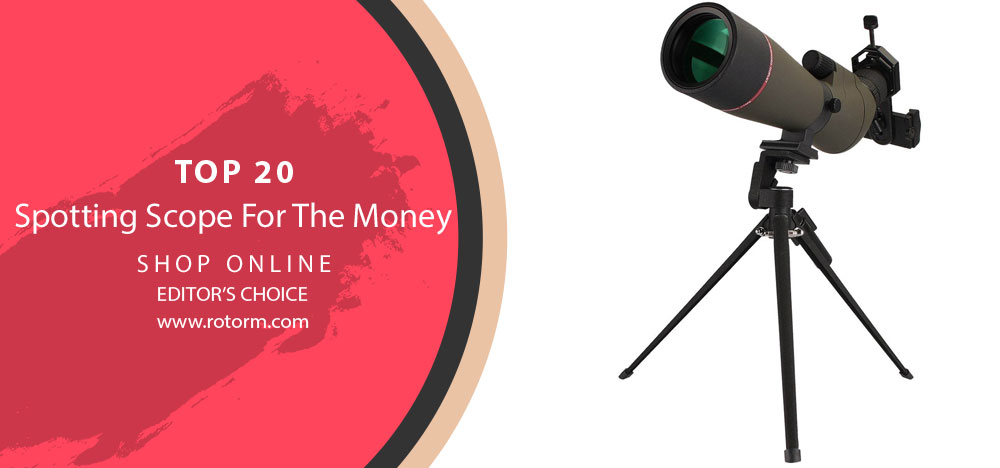

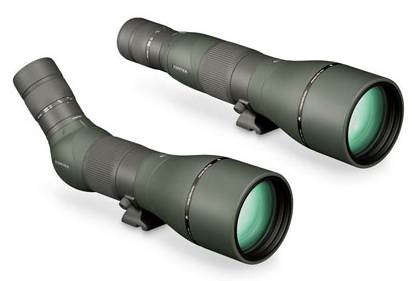

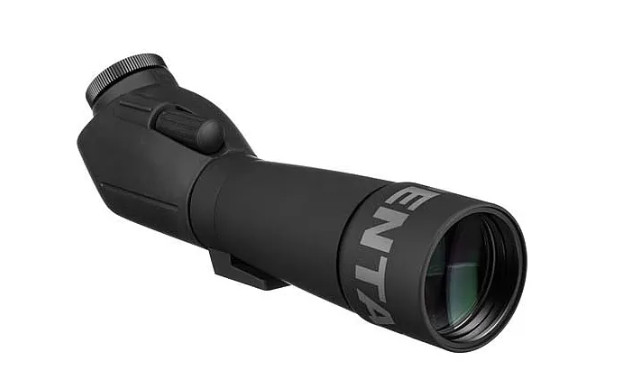
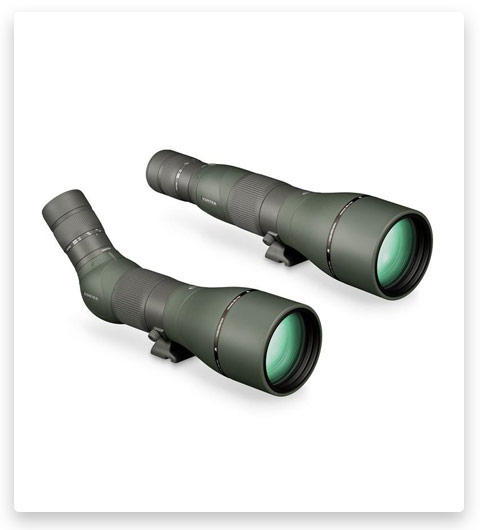

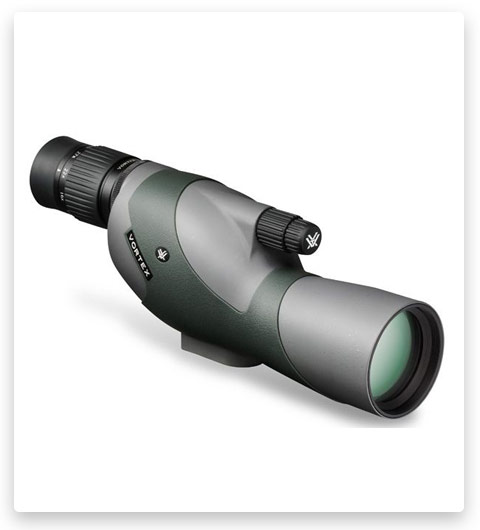
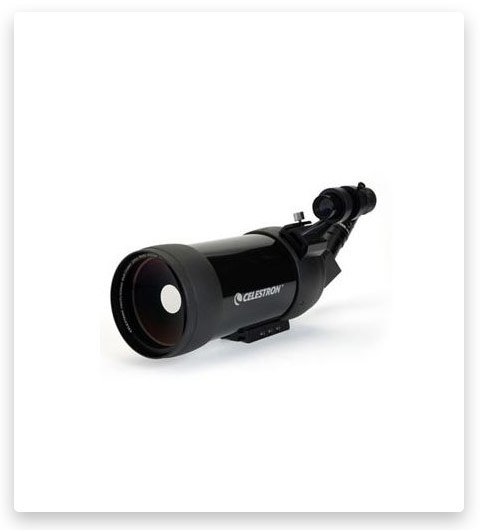
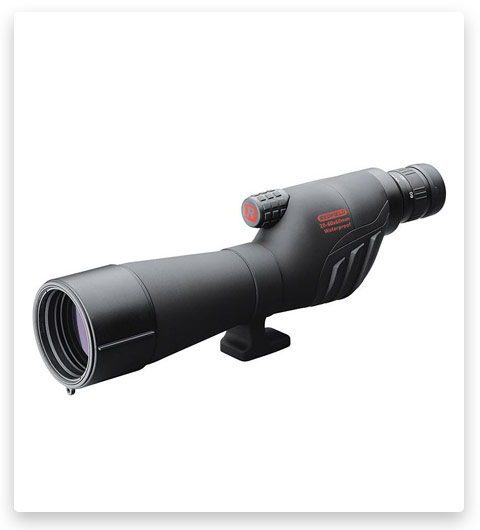
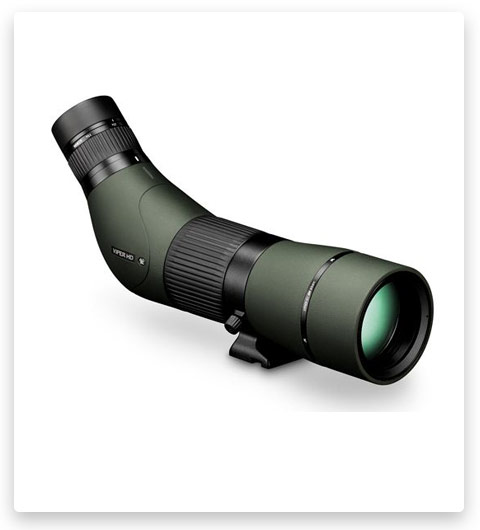
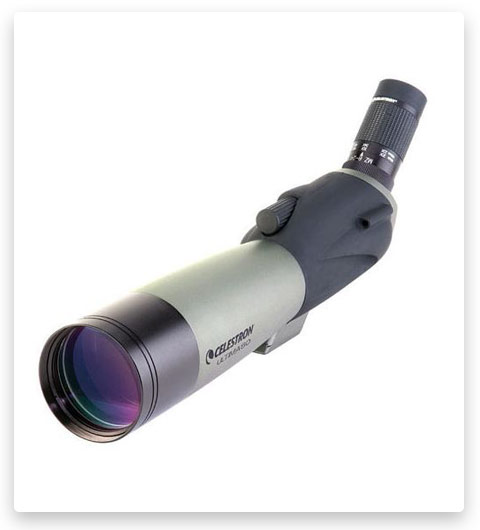
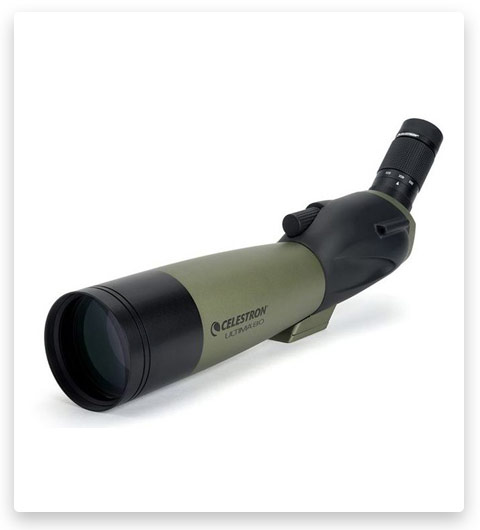
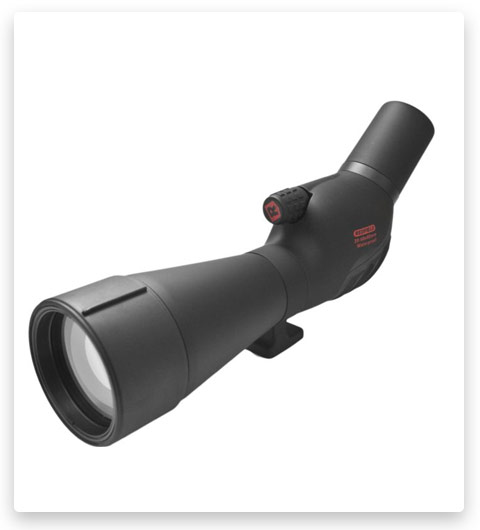
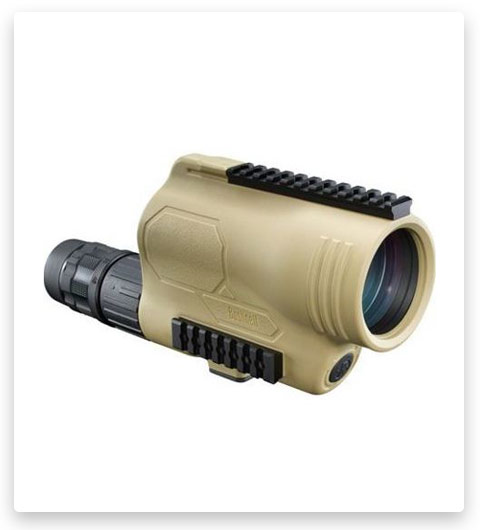
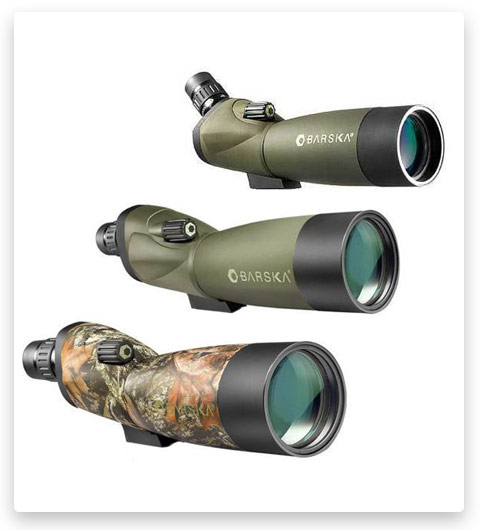
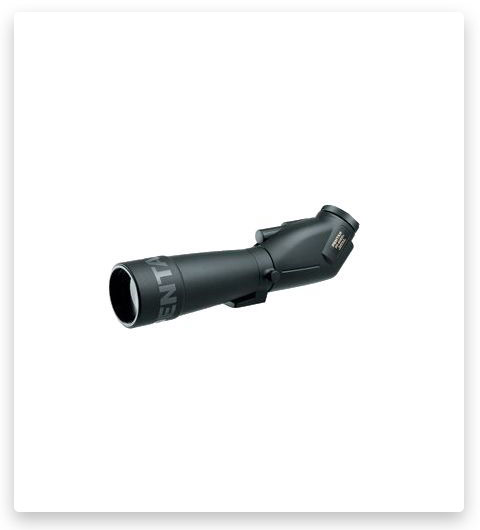
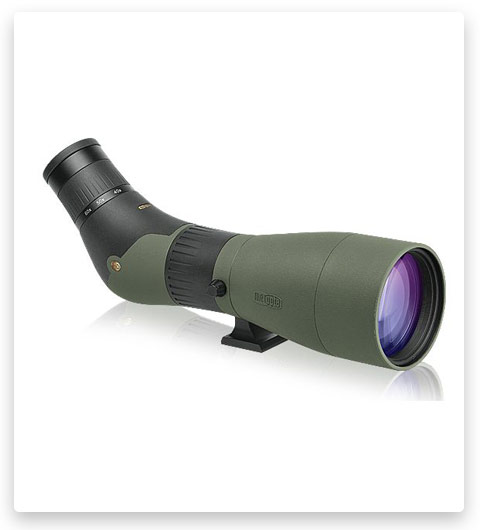
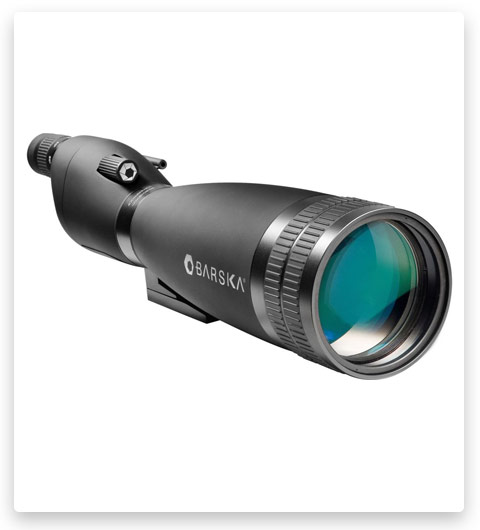
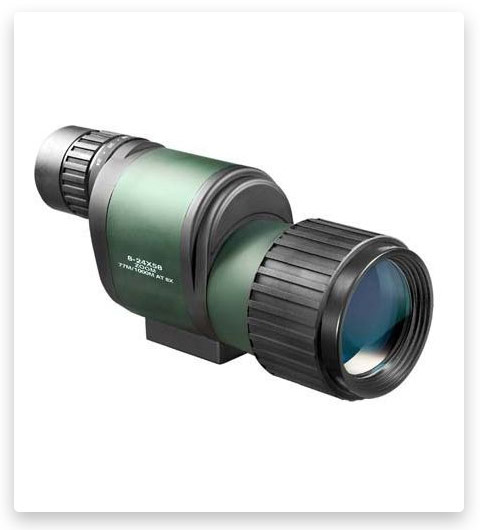
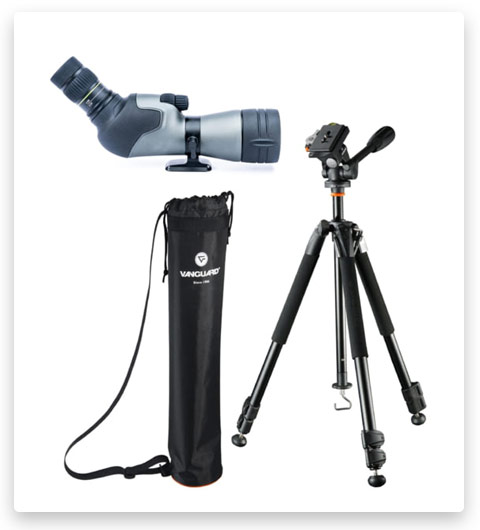
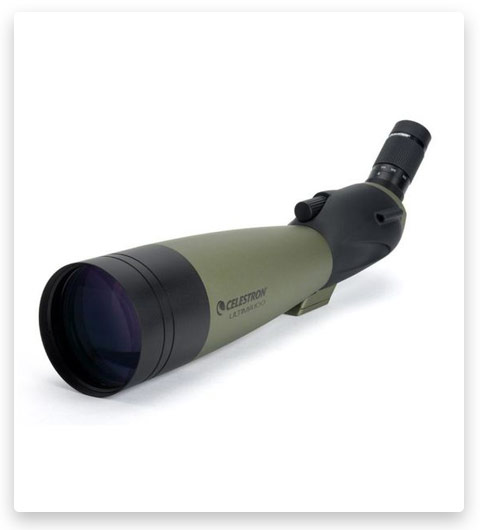

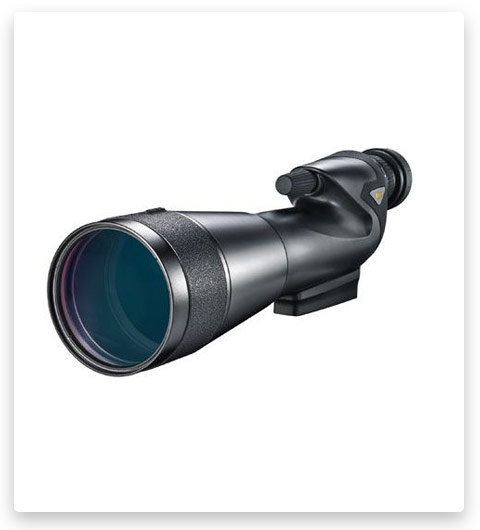
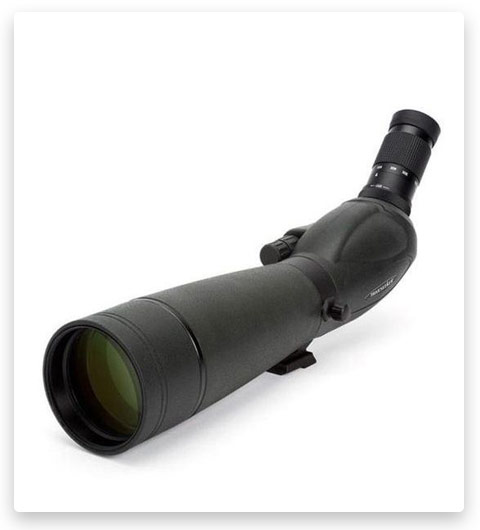
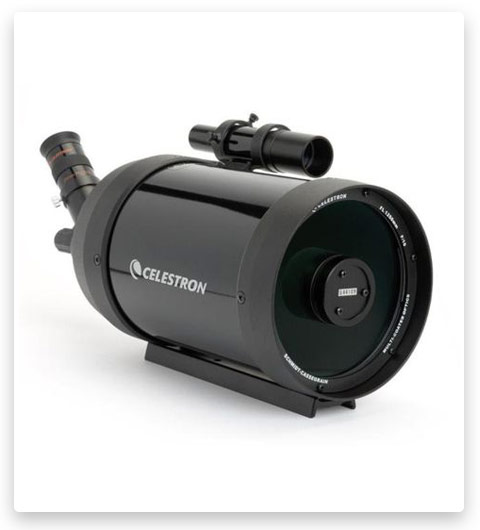
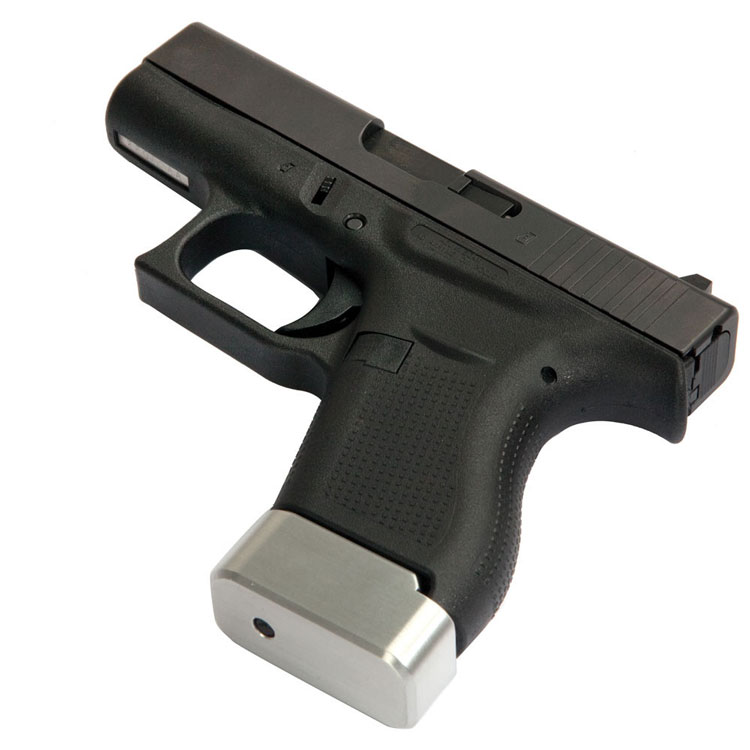
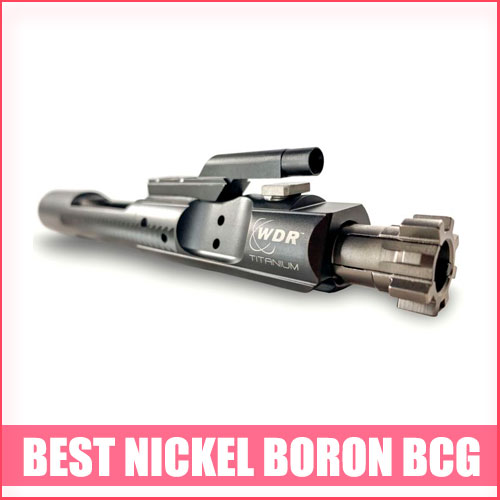
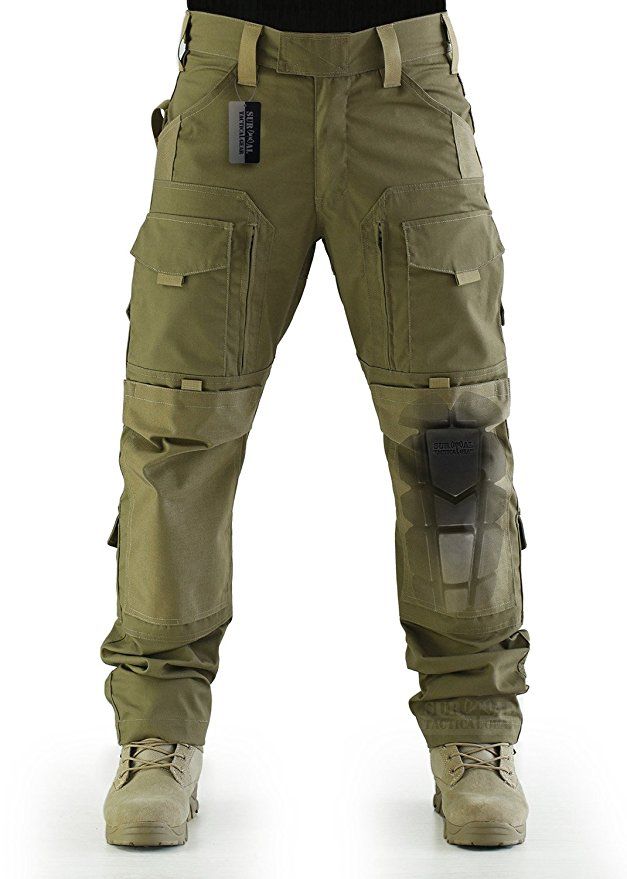
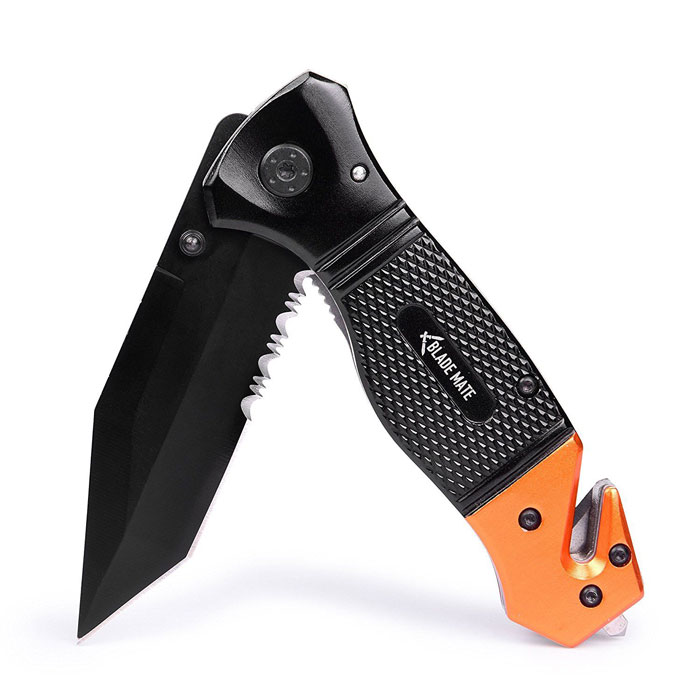
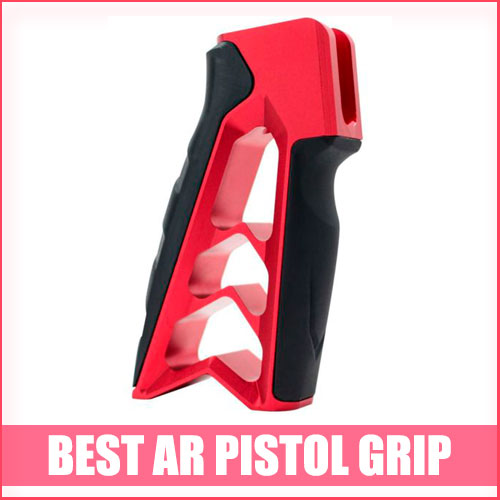
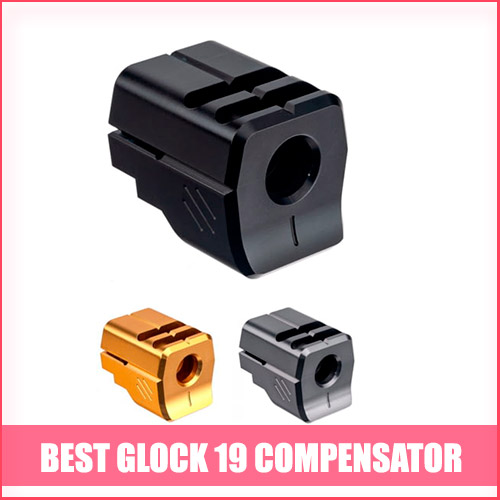
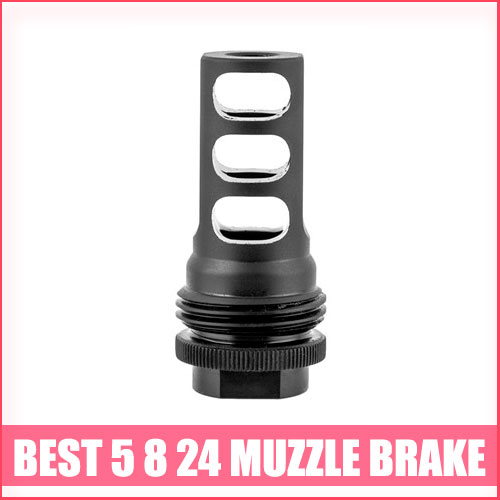
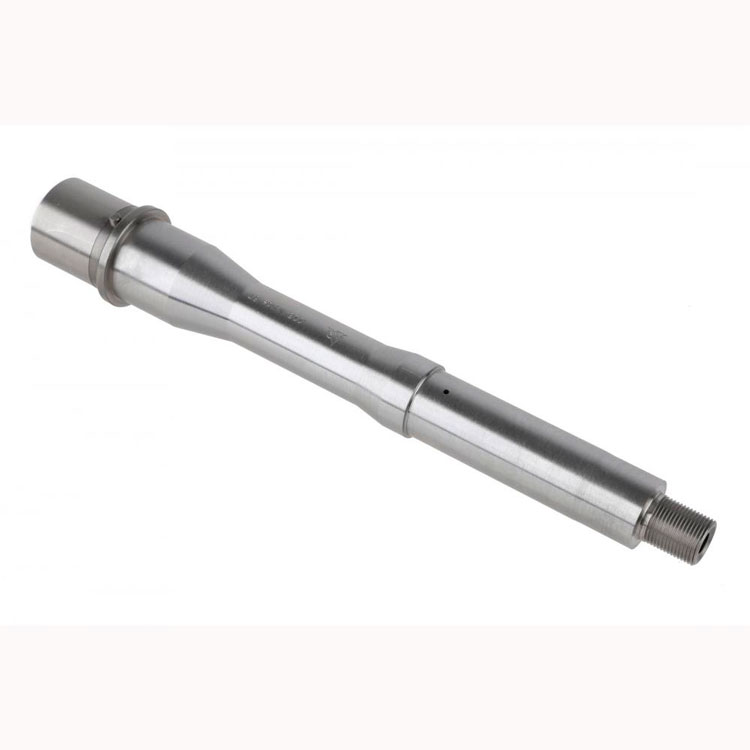
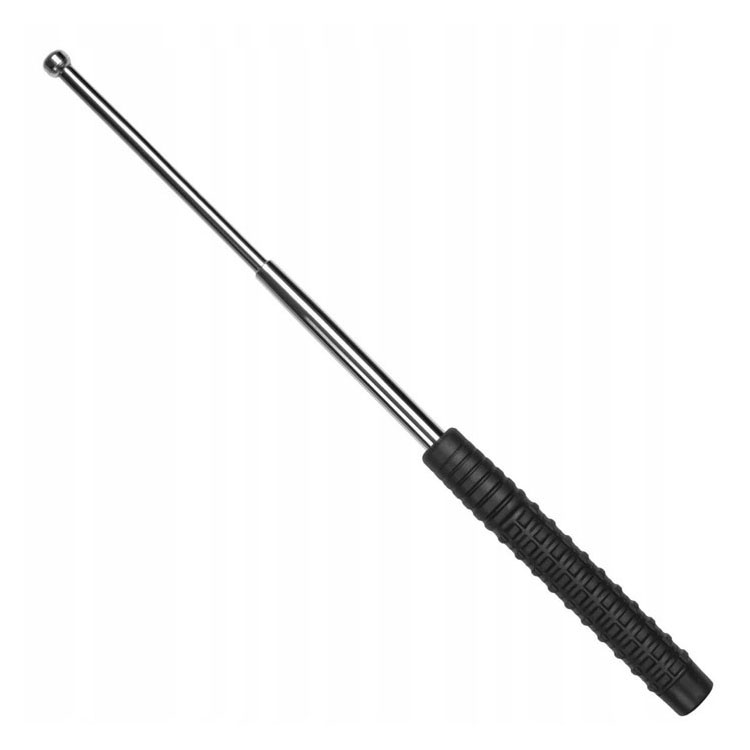
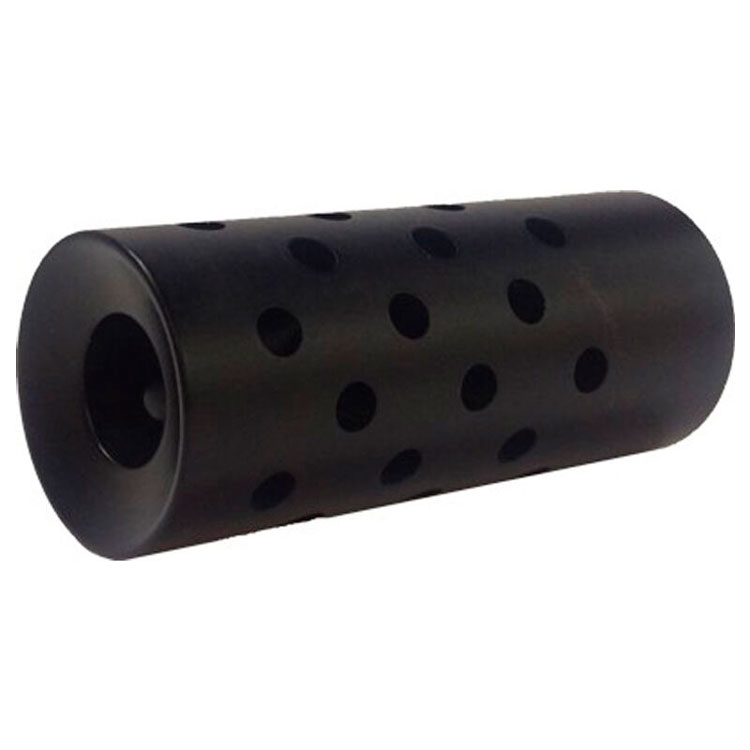
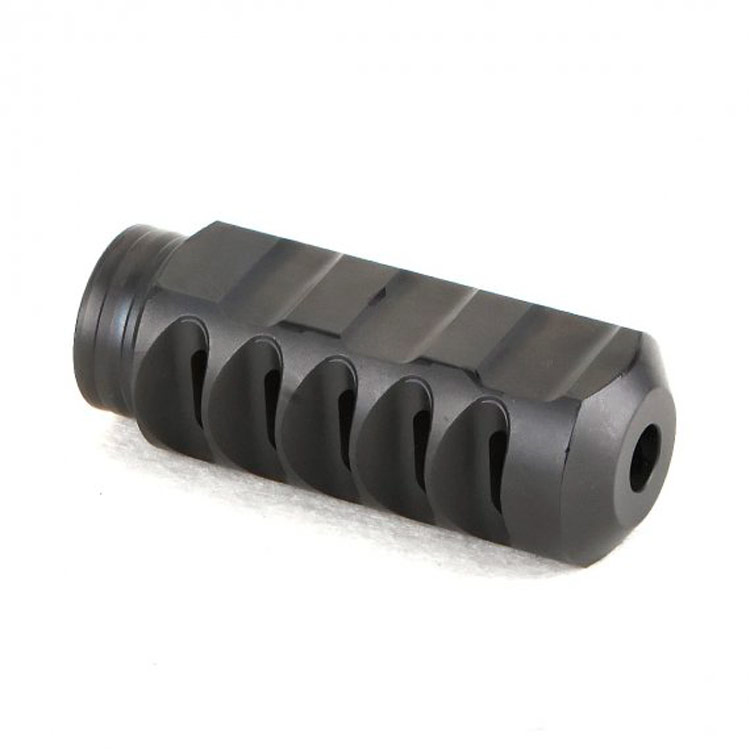
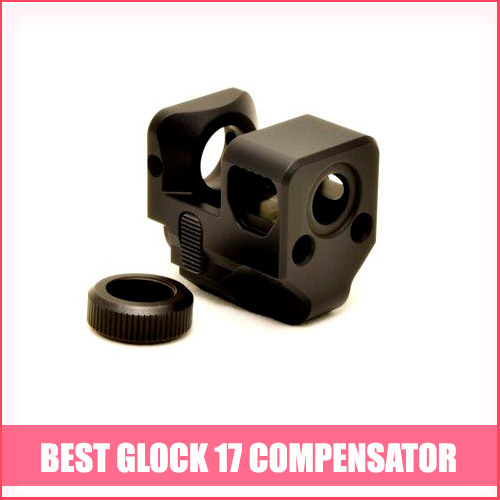
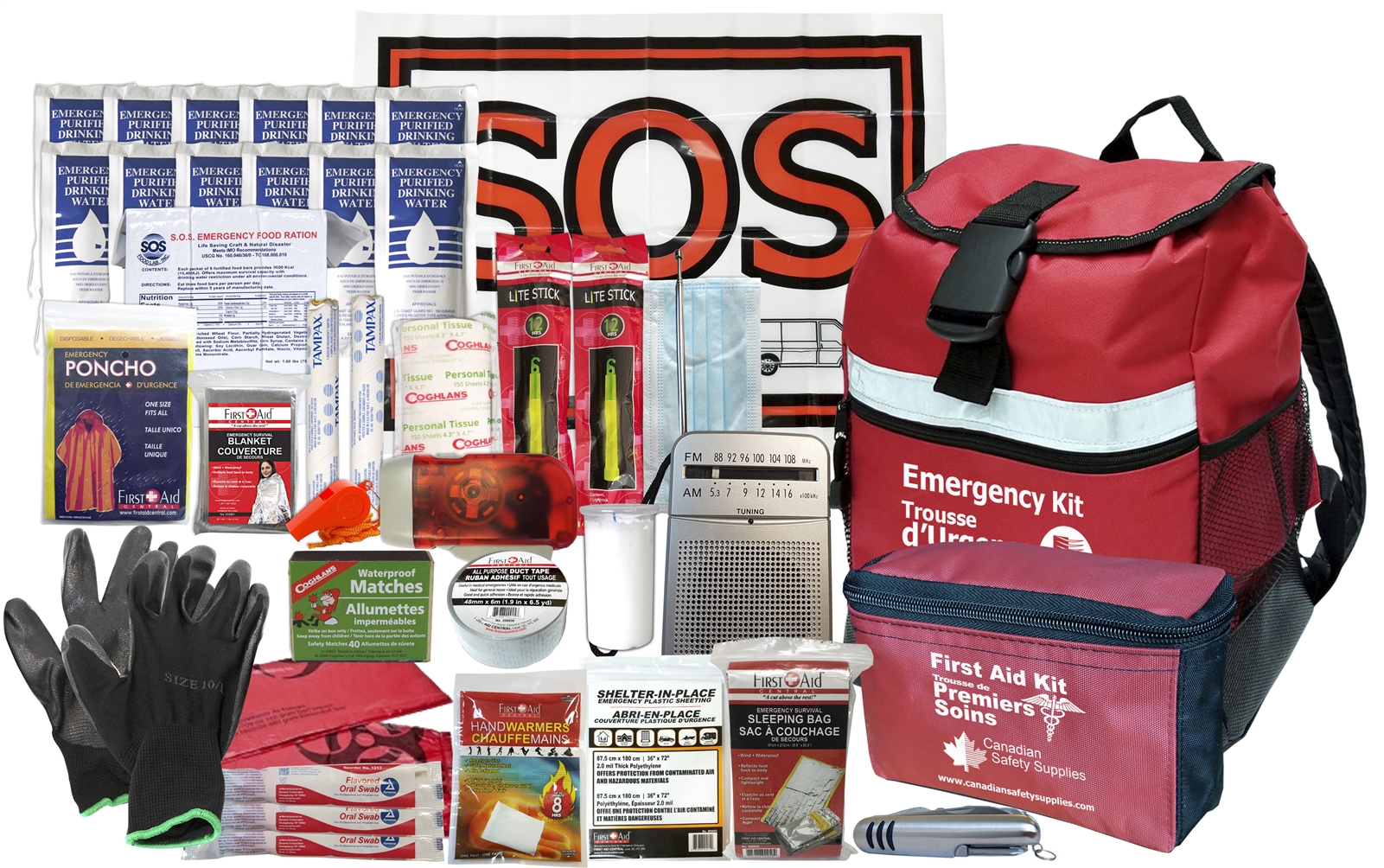
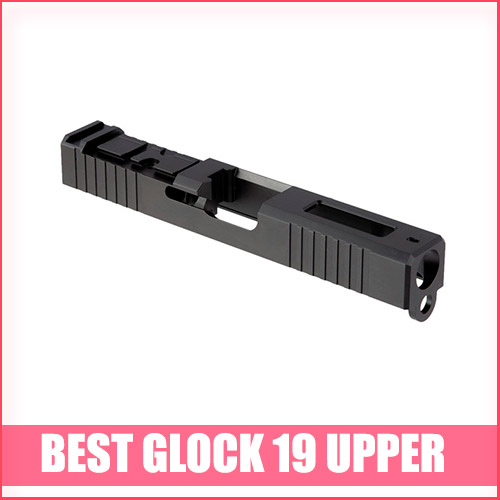
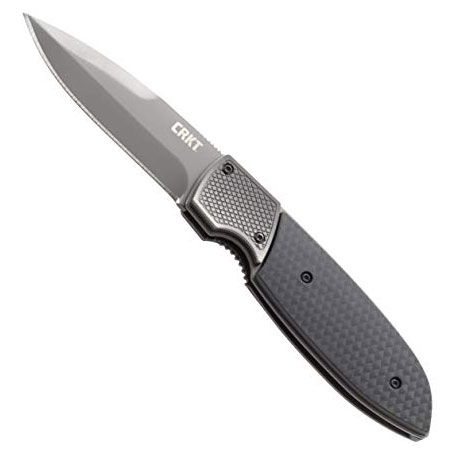
As a novice in long range shooting, I quickly realized the importance of having high-quality optics to effectively observe hits on the target. Recognizing the limitations of budget-friendly options, I decided to prioritize investing in a premium optic, leading me to the Vortex Razor spotting scope. This purchase has proven to be the best decision I made in terms of the gear needed for long range shooting. The spotting scope includes all the essential components, excluding the tripod, and the provided soft cover offers excellent protection. Adjusting the zoom and focus is a breeze, and the clarity of the glass is outstanding. Using this spotting scope has significantly boosted my confidence at the shooting range. While it may come with a higher price tag, I assure you that it’s a worthwhile investment, especially considering Vortex’s unmatched warranty. Additionally, it’s worth mentioning that even the packaging of this product is well-designed, featuring custom foam inserts for optimal protection.
I am extremely satisfied with the Celestron C90 telescope. My primary objective is to utilize it for spotting bullet holes on targets at a distance of 675 yards. Due to inclement weather and lingering snow, I haven’t had the opportunity to shoot at that range yet. Nonetheless, I have successfully identified holes in a marker stake at that distance, which are approximately 1/8″ in diameter. Considering my age of 73, my eyesight isn’t as sharp as it once was, so a younger individual might even achieve better results at long distances. The zoom eyepiece is remarkably convenient, although I’m still attempting to discern any disparities between the two eyepieces that come with the scope and the zoom eyepiece. Thus far, I haven’t noticed any discernible differences.
Overall, it is an excellent scope for my intended use, and I highly recommend it to serious long-range target shooters.
I bought this scope with the intention of viewing targets at distances of up to 300 yards, and I am quite satisfied with it. Initially, I had some difficulty locating the targets, but the low-power spotter proved to be helpful in getting me pointed in the general direction. However, by taking my time and adjusting the focus slowly, I was able to find the targets with clarity. The optics are clear, and it performs admirably for its intended purpose.
Having owned two other lower-cost target spotting scopes in the past, I must say that this one is my favorite so far. Once I became accustomed to the scope and got a feel for the precise adjustments it offers, I found it to be a great tool. The included tripod functions well and appears to be sturdy, but it lacks the necessary weight to remain steady when I grip the scope, touch it, or wear glasses. However, with some additional weight added, it holds up quite well.
All things considered, I give this scope a “thumbs up.” It offers good value for the price, and if given the chance, I would purchase it again.
Thank you for sharing your experience!😃
Are there any specific coatings or technologies used on spotting scope lenses that enhance image quality, reduce glare, or improve color fidelity?
☑️ Yes, there are specific coatings and technologies used on spotting scope lenses to enhance image quality, reduce glare, and improve color fidelity.
⬇️ Here are some of the key coatings and technologies used in spotting scopes:
➡️ Anti-Reflective Coatings: Spotting scope lenses are often treated with anti-reflective coatings to minimize the amount of light that is reflected off the lens surface. These coatings help to increase light transmission, resulting in brighter and clearer images. Common anti-reflective coatings include single-layer coatings, multi-layer coatings, and fully multi-coated (FMC) coatings.
➡️ Phase Correction Coatings: Phase correction coatings are specifically applied to the prisms inside the spotting scope to correct phase shift issues caused by internal reflections. These coatings help to improve image resolution, contrast, and overall image quality, particularly when observing fine details or objects at longer distances.
➡️ Dielectric Coatings: Dielectric coatings are commonly used on prism surfaces, particularly on roof prisms. These coatings enhance light reflection and transmission by minimizing light loss and improving overall brightness and image clarity. Dielectric coatings are known for their high reflectivity across a wide range of wavelengths, which contributes to improved color fidelity.
➡️ Hydrophobic Coatings: Some spotting scope lenses feature hydrophobic coatings that repel water, oils, and other contaminants. These coatings help to keep the lens surface clean and clear, making it easier to maintain optimal image quality, especially in challenging weather conditions.
➡️ ED (Extra-low Dispersion) Glass: Spotting scopes may incorporate lenses made from ED glass, which helps to reduce chromatic aberration. Chromatic aberration is a common optical issue that can cause color fringing or blurring around high-contrast edges. ED glass helps to minimize this effect, resulting in improved color accuracy and overall image sharpness.
🔔 Refer to the manufacturer’s specifications or consult with the seller to determine the exact coatings and technologies employed in a particular spotting scope model.
I chose the Bushnell Legend T-Series spotting scope from this list for a specific reason – it strikes a balance between the high-end Leupold Mk4 and the more affordable $99 spotting scopes found on Amazon. I desired excellent glass quality without having to spend an exorbitant amount equivalent to that of a quality rifle. Bushnell is known for providing good glass in their optics, and this spotting scope lives up to that reputation. Its smooth adjustment and inclusion of M1913 rails for attaching lasers or other accessories make it even more versatile. Additionally, its compact size and relatively lightweight construction make it highly convenient.
When combined with a sturdy bipod like the Hog Saddle, this spotting scope transforms into a dependable platform for observation. If there’s one thing I wish for, it’s the release of a version with higher magnification. Apart from that, I consider this spotting scope to be an exceptional choice overall.
The Pentax PF-80ED-A is a fantastic choice, offering exceptional quality and a comprehensive package that includes a variable eyepiece. I recently paired it with a Manfrotto tripod and video head, resulting in a lightweight setup that performs exceptionally well for precision rimfire shooting and capturing distant wildlife images.
The clarity and quality are truly impressive. With its compatibility for 1.25″ eyepieces, this scope stands out as a wonderful choice. It meets all the requirements one could ask for and exceeds expectations. I opted for this scope because it outshines the cheaper options while delivering comparable clarity to the more expensive models. It’s a fantastic investment that ticks all the right boxes.
When my wife and I set out to find a spotting scope within our budget of $1000.00, our main focus was on spotting hummingbirds. After extensive research and consulting with fellow birders, we ultimately chose the Pentax scope. And boy, were we thrilled with our decision! The optics on this scope are remarkably clear, enabling us to observe the hummingbirds for extended periods, even during dusk when light is limited. The scope’s light-gathering capabilities have truly impressed us. What’s more, we found that the Pentax scope offers comparable performance to renowned European brands, but at a significantly more affordable price. We couldn’t be happier with our purchase.
We decided to treat ourselves to a Christmas present, the Vortex Razor HD 27-60×85 scope, and it has exceeded our expectations so far! Setting it up and attaching it to our tripod was a breeze, and we even added a camera accessory to the eyepiece without any issues. The fit was perfect. To test its capabilities, we pointed it towards the Weather Station on Custer Peak, which is located 7 miles away from our home, and we were thrilled to see clear and detailed views. We’re now excitedly planning to take it with us on our wildlife exploring tours in Yellowstone and Swalbard. Based on our positive experience thus far, we highly recommend this scope.
The spotting scope is absolutely fantastic! I decided to get the optional phone holder for capturing photos, and it has been a game-changer. Even with my new iPhone 11 Pro Max, it works seamlessly. Absolutely stunning pictures. Plus, when I’m with a group, everyone can enjoy the same view on the screen.
I have duly verified the efficacy of the Celestron 90 Mm apparatus in effectively discerning minuscule 7.62mm perforations at an impressive distance of 300 yards, all while utilizing the accompanying tripod. It undeniably stands as a commendable and cost-effective alternative for employment at shooting ranges, warranting not a solitary hint of remorse. Furthermore, it exhibits the remarkable ability to afford its users an extraordinary vantage point from which to behold the captivating celestial sphere, offering breathtaking lunar observations as well as a crystal-clear vision of the resplendent rings encircling the magnificent Saturn. Truly awe-inspiring, indeed.
Undoubtedly, this particular scope is an exceptional gem! It comes with a resounding chorus of commendation from numerous reviewers, and I can confidently assert that it impeccably lives up to the accolades bestowed upon it. The optical prowess it exhibits is nothing short of extraordinary, rendering awe-inspiring visuals that leave one spellbound. Furthermore, its portability and user-friendly nature are virtues that cannot be overlooked. Remarkably, even at a price point twice its current value, it would still reign supreme as an instrument of unparalleled magnitude.